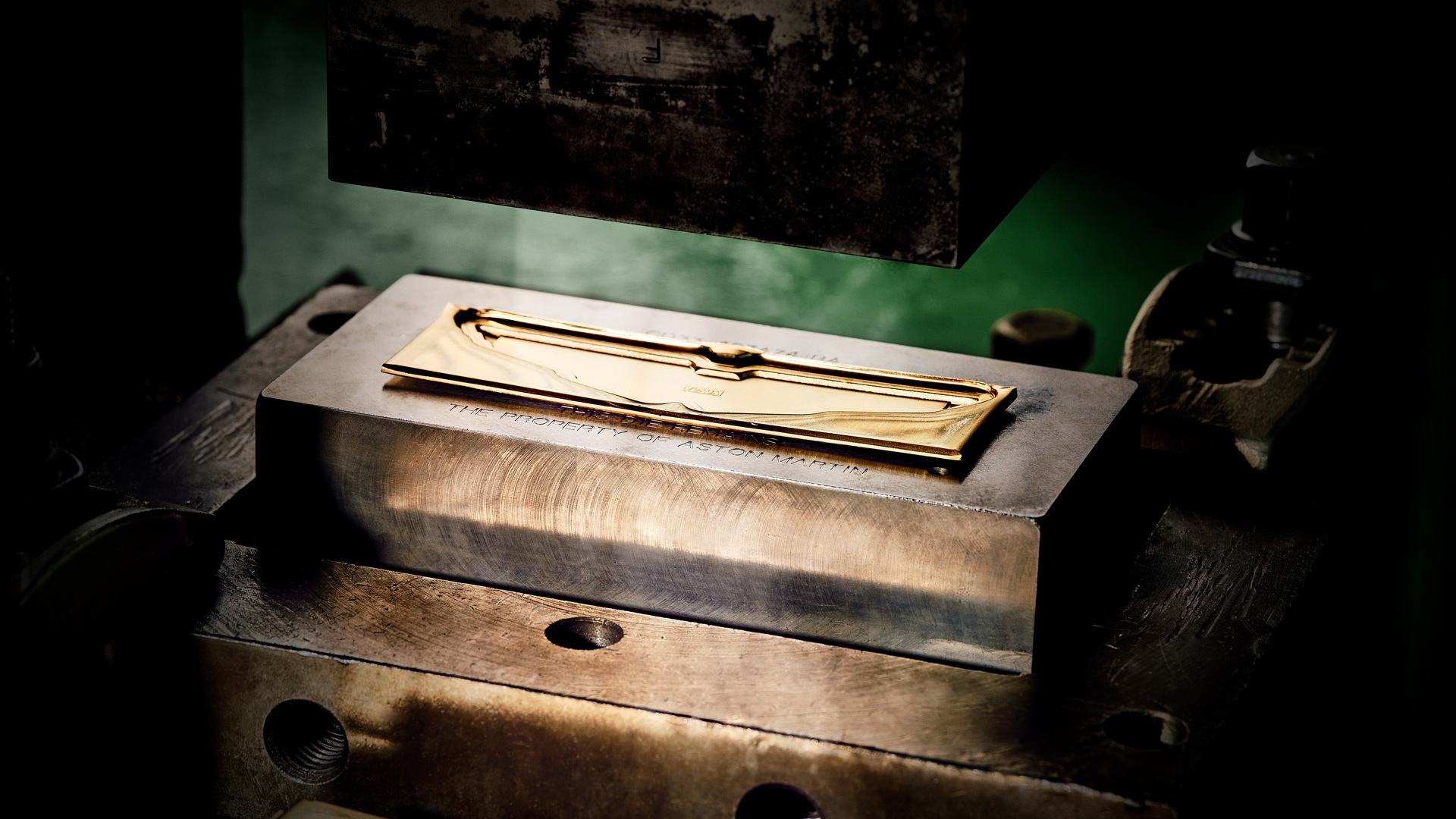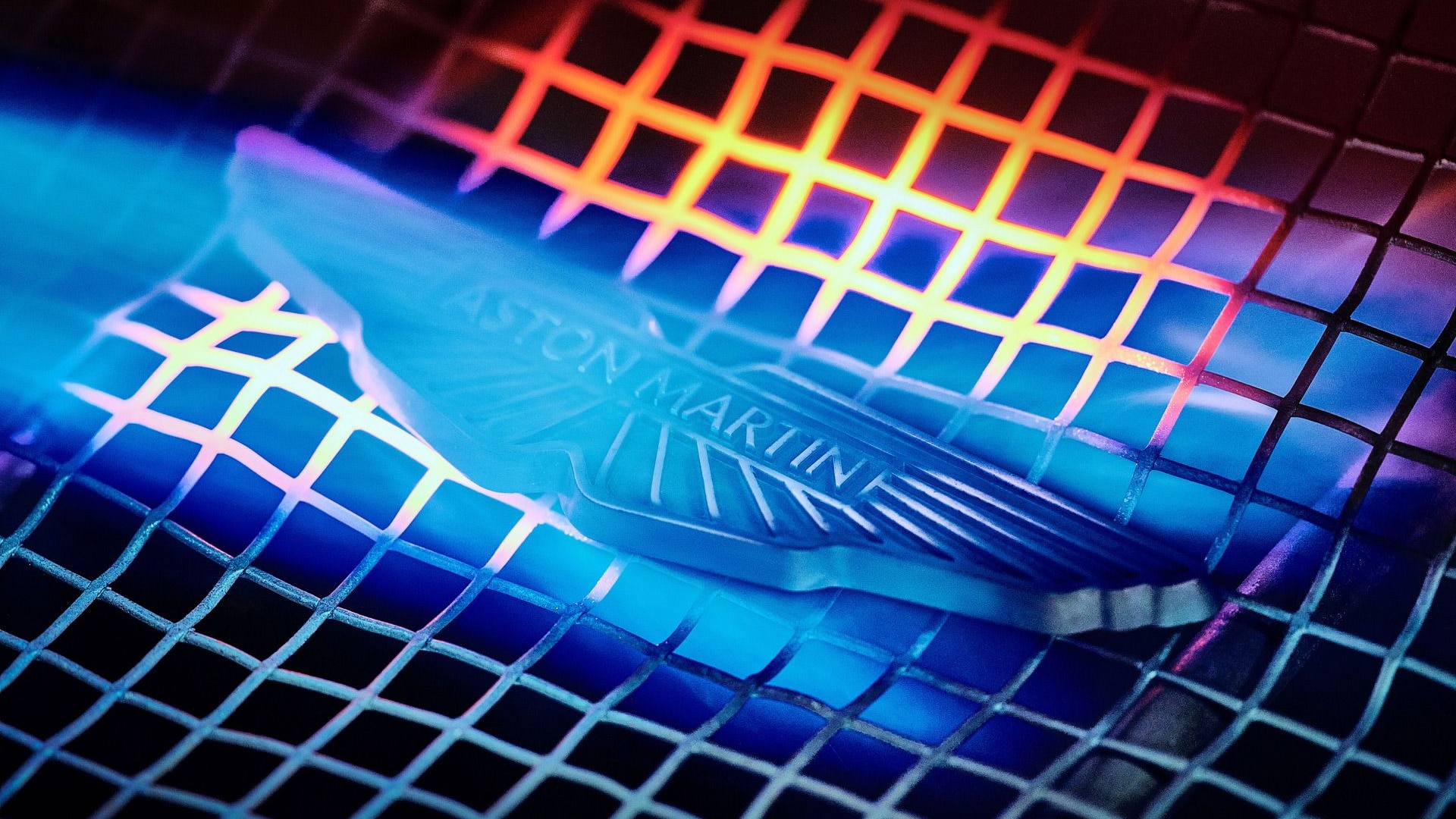Aston Martin has revised its famous winged badge as the automaker prepares to enter a new era defined by electrified vehicles, as well as new management and ownership structures.
The revised badge is a further evolution of a design first introduced in 1932, and is distinguished from the current badge by the absent ring around the “Aston Martin” script and the extra curvature in some of the lines.
The revised design, crafted by graphic designer Peter Saville, is meant to appear more dynamic. The change comes as Aston Martin launches a new advertising campaign aimed at expressing the emotion of driving one of the brand's cars.
A 203-year-old company called Vaughtons, which also crafted the badges for the first-class suites on the Titanic, has been crafting Aston Martin badges since the 1960s. It's a complex process largely done by hand.
The revised winged badge will first appear on updated versions of Aston Martin's front-engine sports cars due in 2023. However, a preview will come as soon as this weekend's French Grand Prix, as the Aston Martin F1 team will carry the logo on its cars, together with Aston Martin's original button logo marking 100 years since Aston Martin's first grand prix entry back in 1922.
To fund its new era, Aston Martin earlier in July announced a rights issue as well as a substantial investment by Saudi Arabia's Public Investment Fund sovereign wealth fund. The Middle Eastern country is now Aston Martin's second largest shareholder.
Aston Martin has also placed former Ferrari executives in key positions, including the roles of CEO and chief technology officer, and is preparing its first plug-in hybrid and electric vehicles.
New products in the pipeline include the updates to its front-engine sports cars, a plug-in hybrid due in 2024 (likely the Valhalla hypercar), and an electric vehicle due in 2025. The EV has been confirmed as a sports car. An electric SUV is expected to follow in 2026. More DBX variants are also planned, together with a mid-engine Vanquish supercar.






